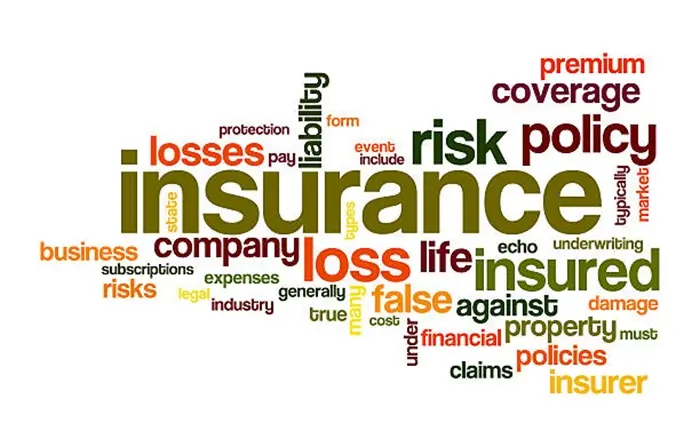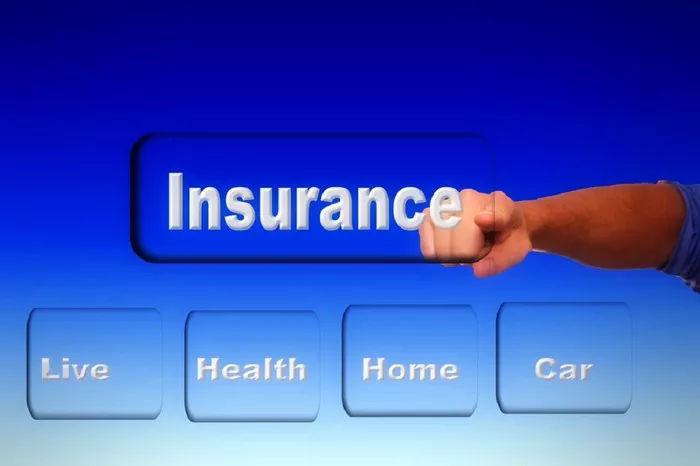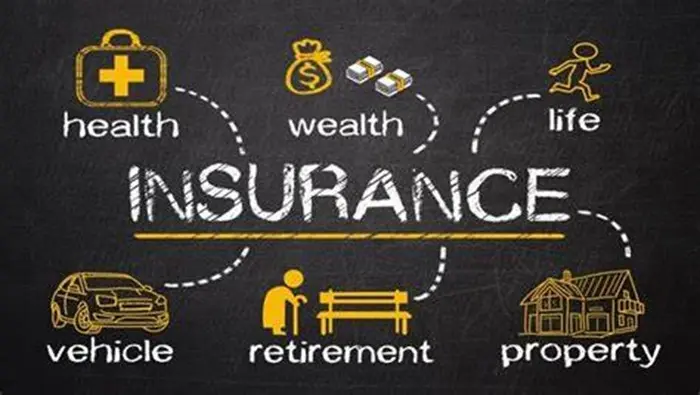Gap insurance, or Guaranteed Asset Protection insurance, is a type of coverage that helps bridge the difference between what you owe on a car loan and the actual cash value of your vehicle if it is totaled or stolen. This insurance is particularly useful for new cars, as they depreciate quickly in the first few years.
Many drivers are unsure whether they have gap insurance. If you are one of them, this guide will help you determine if you have this coverage and what steps to take if you need it.
Checking Your Auto Insurance Policy
The first place to look for gap insurance is your auto insurance policy. Insurance companies often offer gap coverage as an add-on to standard policies.
Steps to Review Your Policy
- Locate Your Policy Documents – These may be physical copies or available online through your insurer’s portal.
- Look for “Gap Insurance” or “Loan/Lease Coverage” – The exact wording may vary, but insurers typically label it clearly.
- Contact Your Insurance Provider – If you are unsure, call your insurer and ask directly.
If your auto insurer does not provide gap coverage, you may have purchased it elsewhere.
Reviewing Your Loan or Lease Agreement
Many dealerships and lenders include gap insurance in financing packages. If you leased or financed your car, check your loan or lease documents.
Key Places to Check
- Loan Contract – Some lenders automatically include gap coverage, especially for leased vehicles.
- Monthly Statements – Look for line items indicating gap insurance payments.
- Dealership Paperwork – If you bought the car from a dealer, they may have sold you gap insurance separately.
If you find evidence of gap insurance in these documents, confirm its status by contacting the lender or dealership.
Contacting Your Lender or Dealership
If you cannot locate your policy or loan documents, reach out to your lender or the dealership where you purchased the car.
Questions to Ask
- Was gap insurance included in my loan or lease?
- Is there an additional cost for this coverage?
- How do I file a claim if needed?
Lenders are required to disclose all charges, so they should provide clear answers.
Checking With Your Credit Union or Bank
Some credit unions and banks offer gap insurance as part of their auto loan packages. If you financed through one, review your loan terms or speak with a representative.
What to Inquire About
- Is gap coverage part of my loan?
- Are there any restrictions or exclusions?
- Can I cancel the coverage if I no longer need it?
Credit unions often provide competitive rates, so their gap insurance may be more affordable than third-party options.
Exploring Third-Party Gap Insurance Providers
If you did not get gap insurance through your insurer, lender, or dealership, you may have purchased it from a standalone provider.
How to Verify
- Check bank statements for recurring payments to an unknown insurer.
- Search your email for past communications about gap coverage.
- Contact specialized gap insurance companies to see if you have an active policy.
- Third-party gap insurance is less common but still a possibility.
When Gap Insurance Is Not Necessary
Not all drivers need gap insurance. You may not require it if:
- You paid for your car in full.
- Your loan balance is lower than the car’s current value.
- You have enough savings to cover the gap in case of a total loss.
If none of these apply, gap insurance could be a smart financial safeguard.
What to Do If You Don’t Have Gap Insurance
If you discover you do not have gap coverage but want it, here are your options:
Purchasing Through Your Auto Insurer
Many insurers offer gap coverage at a reasonable cost. Contact them to add it to your policy.
Buying From Your Lender or Dealer
Some lenders and dealerships allow you to add gap insurance after the initial purchase, though terms may vary.
Choosing a Standalone Provider
Specialized companies sell gap insurance separately. Compare quotes to find the best deal.
Common Misconceptions About Gap Insurance
Some drivers assume they have gap insurance when they do not, or they misunderstand how it works.
Myths Debunked
- “My full-coverage policy includes gap insurance.” – Not necessarily. Comprehensive and collision coverage do not always cover the gap.
- “I don’t need gap insurance after the first year.” – Cars can still depreciate faster than loan repayment.
- “Gap insurance is too expensive.” – It is often affordable, especially compared to out-of-pocket costs after a total loss.
Always verify your coverage rather than making assumptions.
How to Cancel Unnecessary Gap Insurance
If you find you have gap insurance but no longer need it, you may be able to cancel it.
Steps to Cancel
- Review your policy for cancellation terms.
- Contact the provider to request cancellation.
- Check for refund eligibility if you paid upfront.
Some lenders require gap insurance for leased vehicles, so confirm before canceling.
The Importance of Regular Policy Reviews
Many policyholders make the mistake of assuming their insurance coverage remains static over time. However, financial circumstances and vehicle values change regularly. Conducting an annual review of your auto insurance policy, including gap coverage, ensures your protection aligns with your current needs. This practice becomes particularly crucial after major life events like refinancing your auto loan or experiencing significant vehicle depreciation.
How Gap Insurance Interacts With Other Coverages
Understanding how gap insurance coordinates with your existing auto policy is essential. While comprehensive and collision insurance cover damage to your vehicle, they only pay up to the car’s actual cash value at the time of loss. Gap insurance specifically addresses the remaining loan balance beyond this amount. This complementary relationship means you typically need both types of coverage for complete financial protection when financing a vehicle.
State Regulations and Gap Insurance Requirements
Insurance regulations vary significantly by state, affecting gap insurance availability and terms. Some states have specific laws governing how gap insurance can be sold and priced. Certain states may require lenders to include gap coverage information prominently in loan documents. Before purchasing or canceling gap insurance, it’s wise to research your state’s particular regulations or consult with a local insurance professional.
Alternative Solutions to Gap Insurance
For drivers who discover they don’t have gap coverage but are concerned about potential financial exposure, several alternatives exist. Making larger down payments, choosing shorter loan terms, or maintaining extra savings can reduce or eliminate the need for gap insurance. Some credit unions offer loan products with built-in protection against depreciation. Exploring these options may provide similar financial security without the need for separate gap coverage.
Conclusion
Determining whether you have gap insurance involves reviewing your auto insurance policy, loan or lease agreements, and contacting relevant providers. If you do not have it but want coverage, explore options with your insurer, lender, or a third-party provider. Understanding your policy ensures you are financially protected in case of a total loss. Always verify your coverage and ask questions to avoid surprises later.
By following these steps, you can confidently confirm whether you have gap insurance and make informed decisions about your auto financing needs.
Related Topics:
How Much Are Eye Exams with Insurance?

































